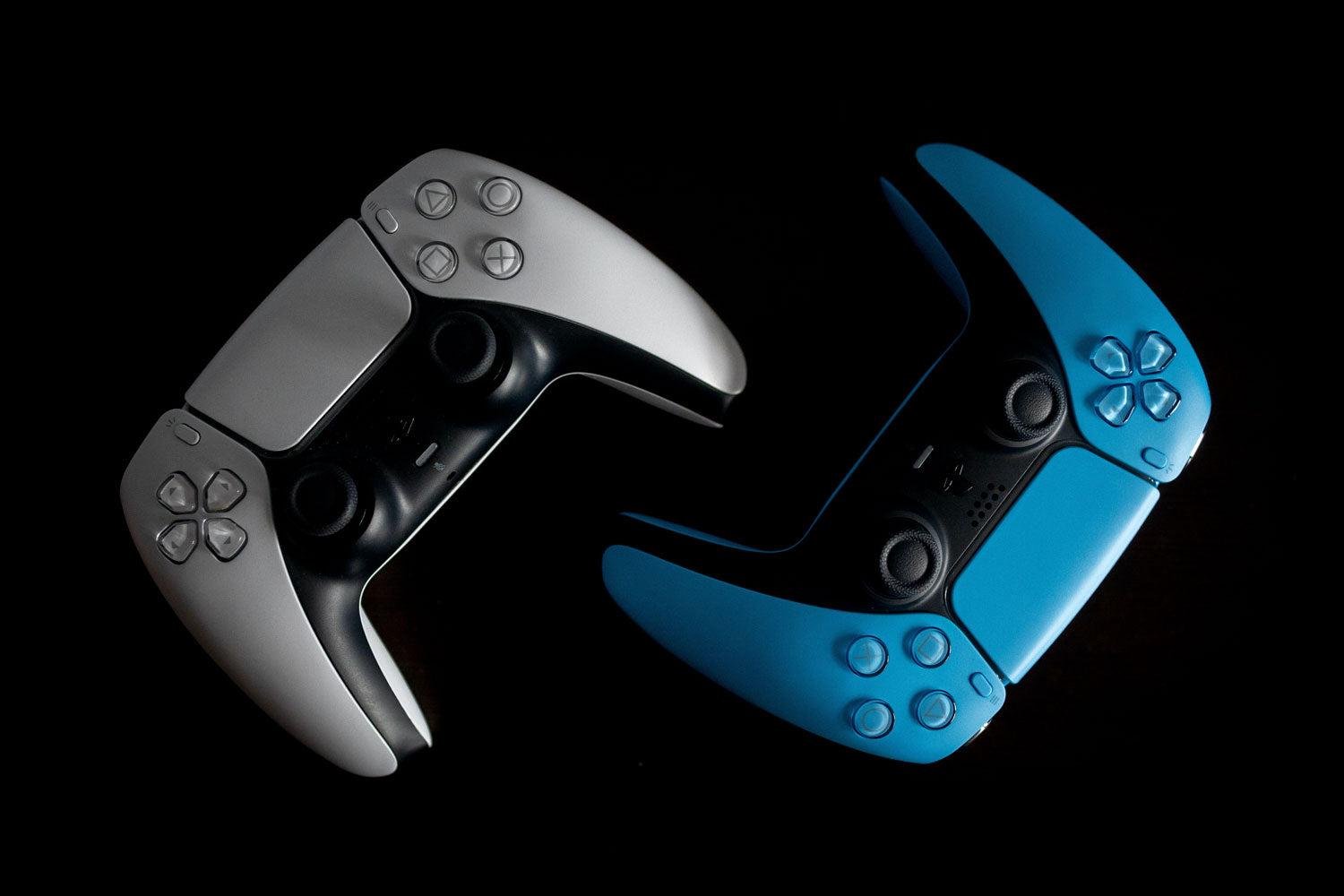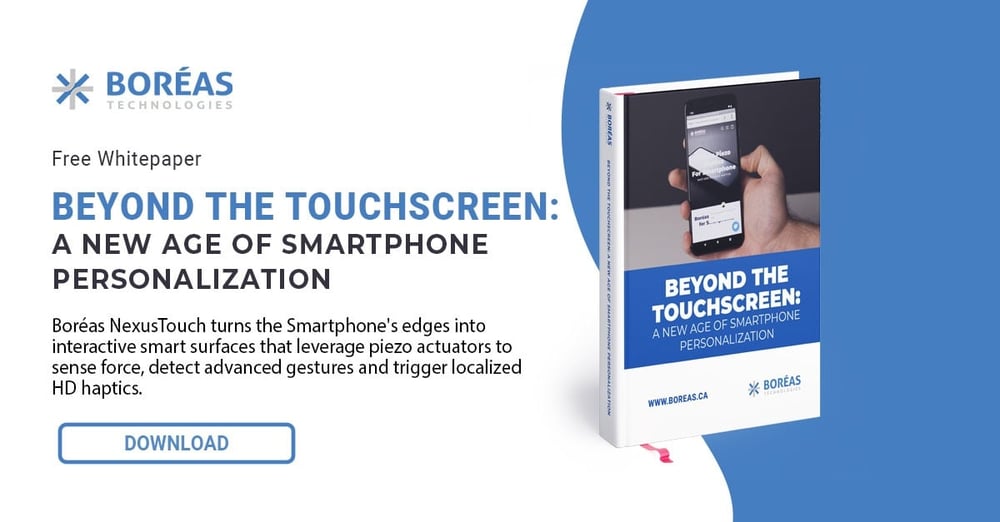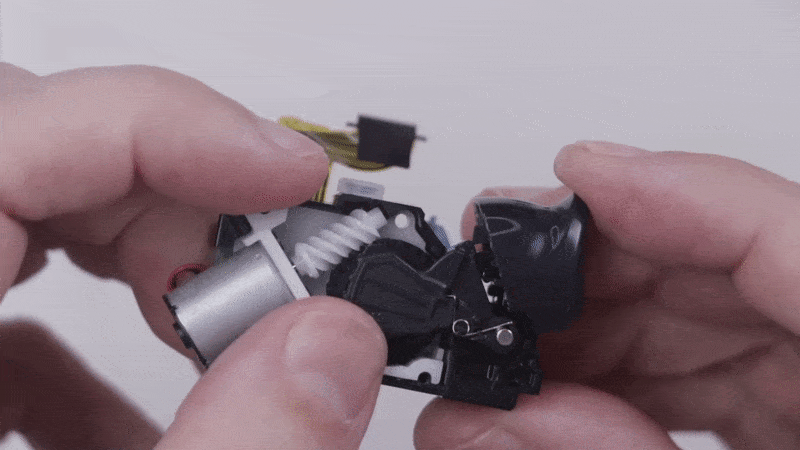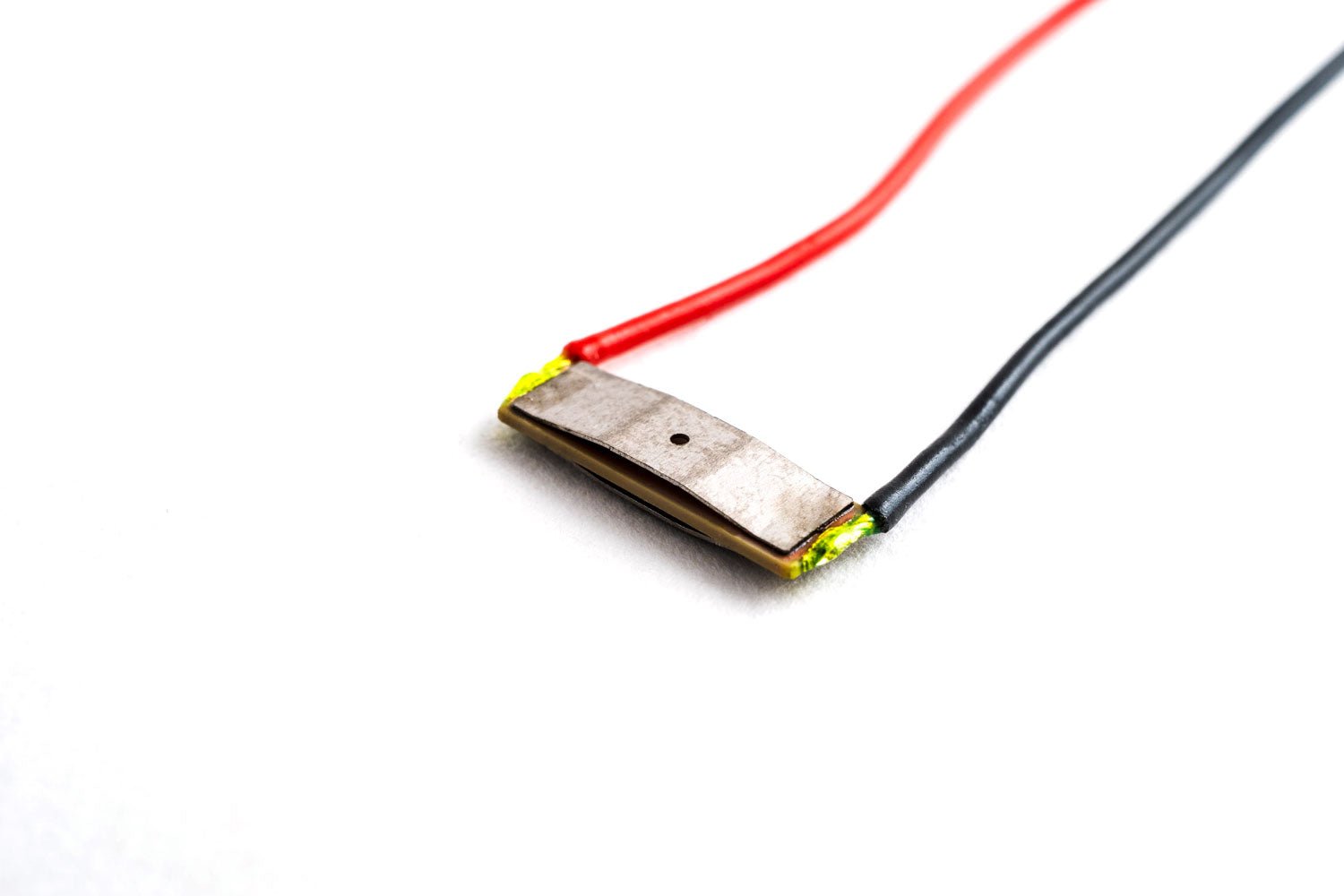
It's been a long time since the Sega Genesis hit the shelves in 1988. However, one thing is for sure. Since then, video game technology hasn't looked back. As the decades roll on, gaming technology continues to develop at a blinding speed, and one area of intrigue is how companies continue to implement haptic interfaces into their controllers.
Haptic technology remains a frontier in video games. While all the major gaming console companies now incorporate sensory feedback into their controllers, there's still plenty of room for advancement.
From touch screens to gaming controllers, haptic feedback is evolving, and companies continue seeking methods to integrate a heightened sense of touch into every nook and cranny. Of course, layering in haptics follows the trend toward a more immersive gaming setup that draws in players by building an all-encompassing experience.
However, it's essential to understand the fundamentals of haptic technology before understanding where gaming is headed in the coming years.
What Exactly Are Haptic Controllers?
The idea behind the haptic controller is simple. Haptic technology is anything related to a user's sense of touch. Therefore, the haptic element in gaming technology increases a user's physical connection to a virtual object or experience.
You might know this as a controller rumbling as you're struck or shot in games like Call of Duty. Or it can be the sensational thud of hitting a tennis ball with a Nintendo Wii controller. Regardless of your game choice, that pulsating feeling defines the incorporation of haptics into gaming devices.
The theory behind the haptic game controller is that implementing a vibration or pulsing effect increases the tactile texture perception and immerses a user in the gaming experience further than they otherwise would. For example, the rumbling of the controller when a car goes off the road builds on the user's sense of reality, further invigorating them to take action and continue playing.
What creates these effects is a series of haptic drivers and actuators implemented within the gaming controller. The mechanical parts connect to software that communicates when the controllers should switch on the haptic effects to mirror what's happening on screen.
The Advantage of Haptic Gaming Controllers According to User Experiences

There's a wide range of benefits to increasing the quality and scope of haptic feedback in the gaming experience. The main draw is that it adds a new dimension to virtual experiences by sending a physical queue based on what's happening within a game.
Whether a first-person shooter or a sports game, haptics initiate signals that stimulate the brain and can even improve overall performance through a deeper connection between a player with their game — the greater the sensory connection, the more control and concern a user has over their outcome.

How Does Haptic Feedback Work in a Handheld Controller?
Mostly, haptic feedback devices within game controllers consist of a rumble pack. The rumble pack causes a vibrating effect through a haptic motor in each of the controller's handles. There are various designs for haptic technology, but most incorporate a weight or mass that oscillates or shakes, resulting in vibrations.
The motor is connected to the device's software. It's in constant communication via a driver. The driver helps regulate the motor so it knows the intensity and timing at which to move.
A haptic controller incorporates various forms of tactile feedback, depending on its design. The most common form is vibrotactile feedback. Vibrotactile feedback is when a controller creates a vibration to match something that happened on screen, like a recoil from a gunshot.
There's also force feedback. This type indicates a response that places resistant pressure on a trigger or joystick. For example, the controls might become harder to move when driving through sand.
Currently, most controllers use vibrotactile feedback only. However, as new generations of gaming consoles are unleashed, there are more developments in how they incorporate haptics into controllers.
PS5 Controller: A Study in Precise Sensory Feedback and Vibrations

Perhaps the best case study to understand the future of haptic feedback technology is Sony's latest PS5 controller. While all major gaming companies, like Nintendo and Microsoft, continue to develop active touch for their controllers, Sony's PS5 haptic feedback elevated the tactile standard to a new height.
Until now, the standard has mainly concerned a controller's vibrotactile capacity. However, the new PS5 controller haptic feedback approach incorporates new features and an enhanced choice for how the textural responses are powered.
Addition of Adaptive Triggers
One of the biggest surprises with the PS5 controller was its incorporation of force feedback into its triggers. This feature is called "adaptive triggering," and the response from users has been highly positive.
Some specific examples include how the trigger provides tension when taking action, such as drawing a bowstring, climbing a rope, or sprinting in NBA 2K. It may sound small, but it applies to a broad range of in-game actions, providing constant stimulation throughout gameplay.
Voice-Coil Actuators Replacing Large Rumble Motors
There are multiple methods for producing haptic devices and their effects. However, the PS5 controller uses a specific design called a linear resonant actuator (LRA), known for more precise haptic feedback production.
The design's motor resembles a loudspeaker, using a voice coil to power a small mass attached to a spring. When an electrical current is sent to the voice coil, the mass moves up and down, creating a magnetic field and resonant frequency that produces the vibration.
The LRA has less noisy chatter than many gamers are used to with the brutish rumble packs. Instead, it results in a more accurate and faster-responding vibration that adds depth to the world of a video game.
How Integrating Piezo Actuators Can Advance Haptic Controllers

Even though Sony improved haptics with its latest PlayStation generation, there remains much ground for improvement. Voice-coil actuators are a step up from other forms of haptic technology. However, their frequency range is minimal, and they still rely on the latent acceleration of a motor.
Such shortcomings are why Piezo materials power the latest innovations and find themselves at the forefront of haptic evolution. Piezo materials are special because they do away with the need for a mechanical motor. Instead, these substances generate an electrical charge internally when put under pressure or stress.
In effect, the materials are the motor, and all that's needed to make piezo haptics work is software, a driver, and an actuator. Once these components are connected, it results in the best haptic experience available.
Force Sensing Capabilities Create More Precise and Diverse Game Effects
The response created by piezoelectric materials is the most accurate haptic engine available. It goes beyond standard haptic capabilities and is the only type to offer a high-definition haptic range. This precision is because piezo performance doesn't hinge on the mass's vibration to signal feedback.
Because of its increased sensitivity, it produces the best gaming effects, resulting in more natural and timely results than either LRA or ERM systems. This means that piezo powered-devices give greater, quicker, and more diverse effects. In addition, the precision in acceleration and acceleration means that the results appear precisely when needed and disappear just as quickly once the action ceases.
Piezo-powered devices are also quieter, meaning the actual production of tactile feedback goes unnoticed. Between the razor-sharp acceleration and silent operation, piezo conducts the most realistic game setting.
Smaller Form Size Creates More Integration Opportunities
Eliminating the need for motor components reduces the size of the haptic device. As a result, the piezo form fits into a broader range of devices. Its implementation not only means more compatibility but frees up space and leaves room for improvements, like a larger battery.
High-Performing Haptic Technology With Less Power Consumption
One of the most significant marks against piezo technology, until recently, was that it consumed large amounts of power. However, technological breakthroughs like our CapDrive technology minimize this concern. Now the best piezo devices use less than 10× the power of other haptic feedback methods.
They do this all while being the only feedback method to produce high-definition effects.
Reduced Latency in Tactile Responses
The existence of a motor implies the need for acceleration so it can achieve the right speed. Piezo materials require no mechanical parts or motor and do away with long ramp-up times. For example, a piezo haptic motor has a startup time of only 300 µs, meaning the device reaches its peak speed in 1.5 ms. In comparison, the LRA and ERM methods take between 30 and 50 ms for response time.
Step Into the Future of Controller-Based Gaming With Piezo Haptics
The use of haptic technology in gaming is only increasing. Stay ahead of the tech curve and consider integrating piezo haptics. Consider more than just piezoelectrics — choose the best possible solutions.
If you want to improve your products' tactile feedback, visit Boreas Technologies' product page to learn more or ask our team of experts about how our products can uniquely service your needs. We're leaders of the haptic revolution and continue improving piezo driver technology to guarantee best-in-class haptic feedback solutions.

Leave a comment